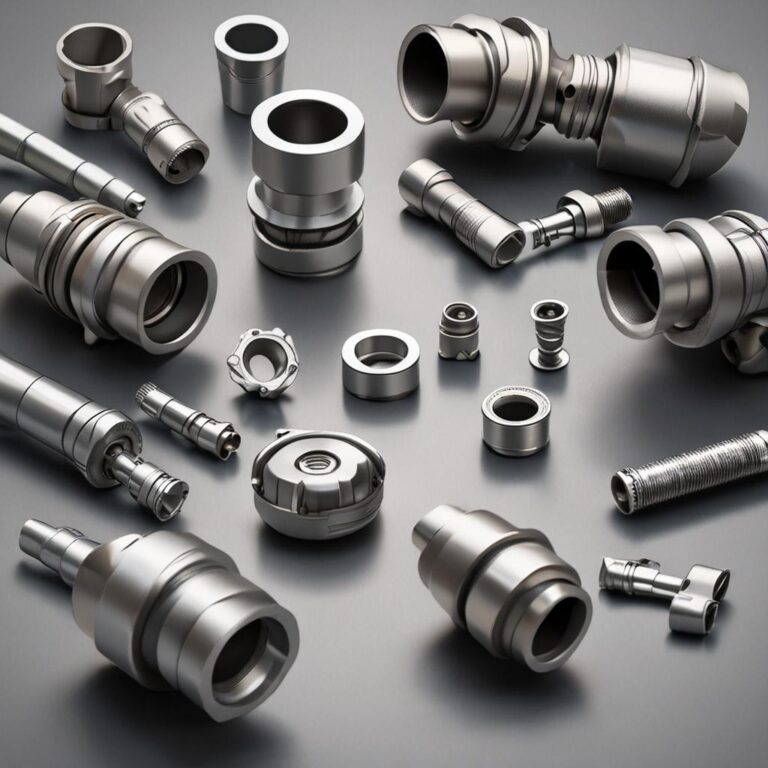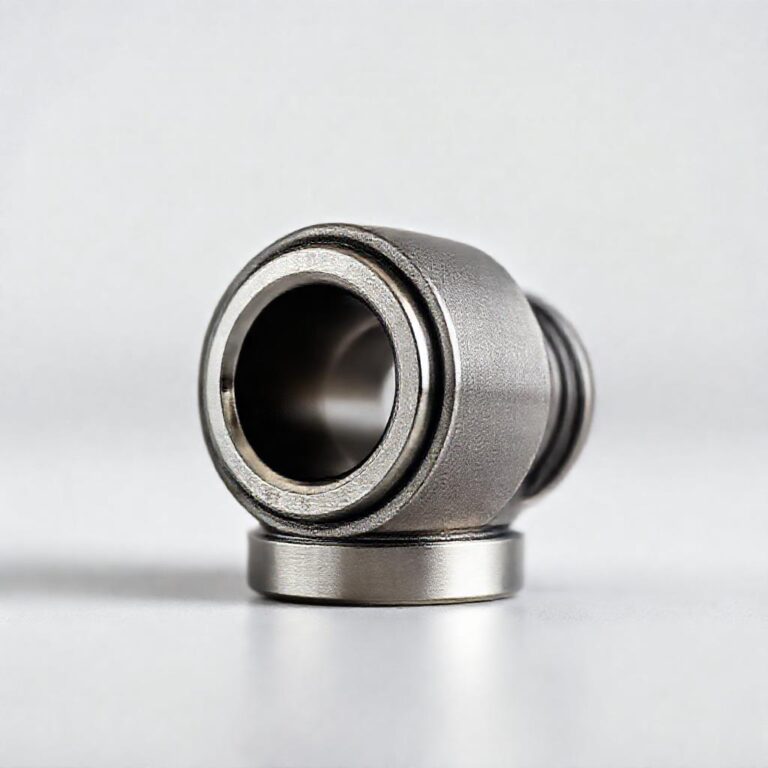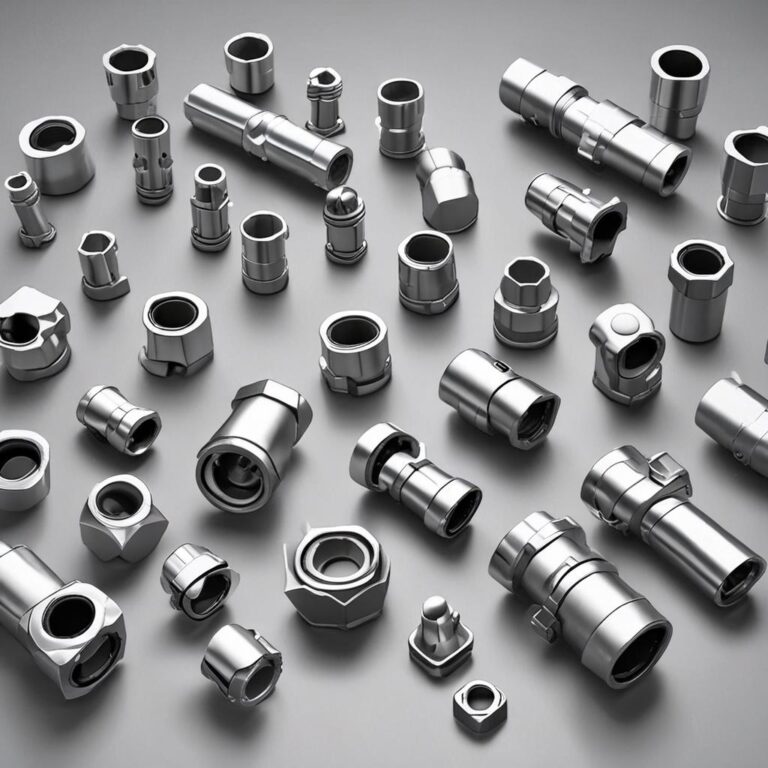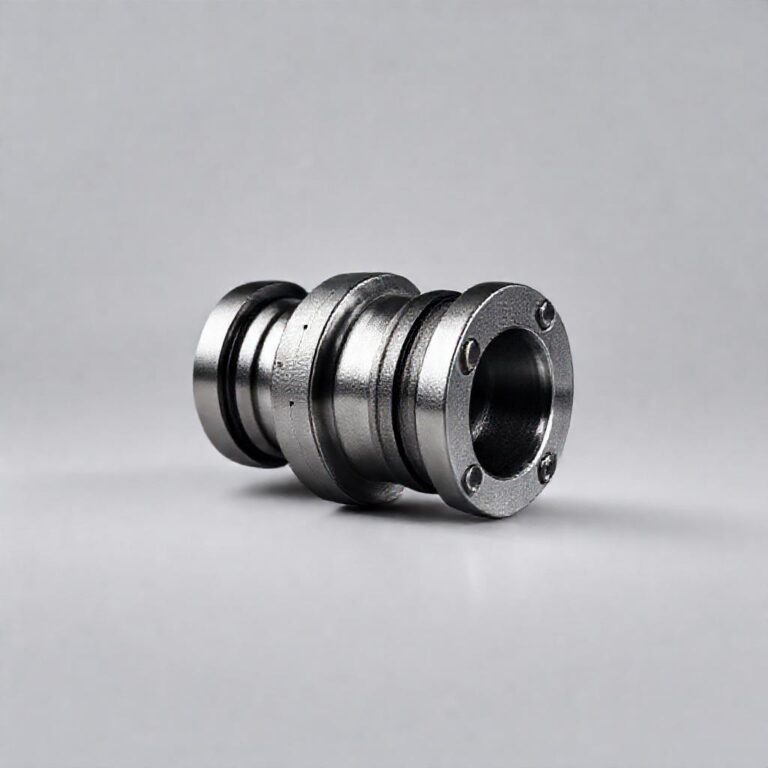Socket Size for Toyota Lug Nut
When it comes to maintaining your Toyota, one of the smallest but most critical components to get right is the socket size for lug nuts. These tiny fasteners keep your wheels securely attached to the vehicle, and using the wrong socket during installation or removal can lead to serious consequences. From stripped threads to unstable wheels, the risks of an incorrect fit are significant. Whether you’re changing a tire, rotating your wheels, or simply checking for wear, knowing the precise socket size for your Toyota’s lug nuts ensures safety, efficiency, and longevity for your vehicle’s components.
Understanding Toyota Lug Nuts and Socket Sizes
What Are Toyota Lug Nuts?
Lug nuts, also called wheel nuts, are threaded fasteners that hold your wheels in place by attaching them to the wheel studs on the hub. Toyota lug nuts come in various designs, such as conical seat (tapered) or ball seat (spherical), each engineered to match the shape of the wheel stud for optimal stability. They’re typically made of durable steel or lightweight aluminum, depending on the model and trim.
The Role of Socket Size in Lubrication and Torque
A properly fitting socket ensures even torque application and prevents damage to the lug nut’s head or threads. If the socket is too small or too large, it can slip during use, rounding off the nut and making it impossible to remove or tighten properly. This can compromise wheel security, especially when driving at high speeds or under heavy loads.
Common Socket Sizes for Toyota Vehicles
Standard Socket Sizes by Toyota Model
- Sedans (e.g., Corolla, Camry): 17mm or 19mm are the most frequently used sizes.
Variations by Year and Trim Level
Toyota has updated socket sizes across model years, with older models like the 1990s-era Corolla sometimes using 14mm or 15mm nuts. High-performance trims, such as the TRD Pro, may feature reinforced or modified lug nuts requiring specialized tools. Always confirm your vehicle’s exact year and trim before assuming a size.
How to Determine the Correct Socket Size for Your Toyota
Consult Your Owner’s Manual
The owner’s manual is the most reliable source for lug nut specifications. Look for the maintenance or vehicle specifications section, which lists the correct socket size alongside torque values. Note details like the model, engine type, and wheel size, as these can influence the required tool.
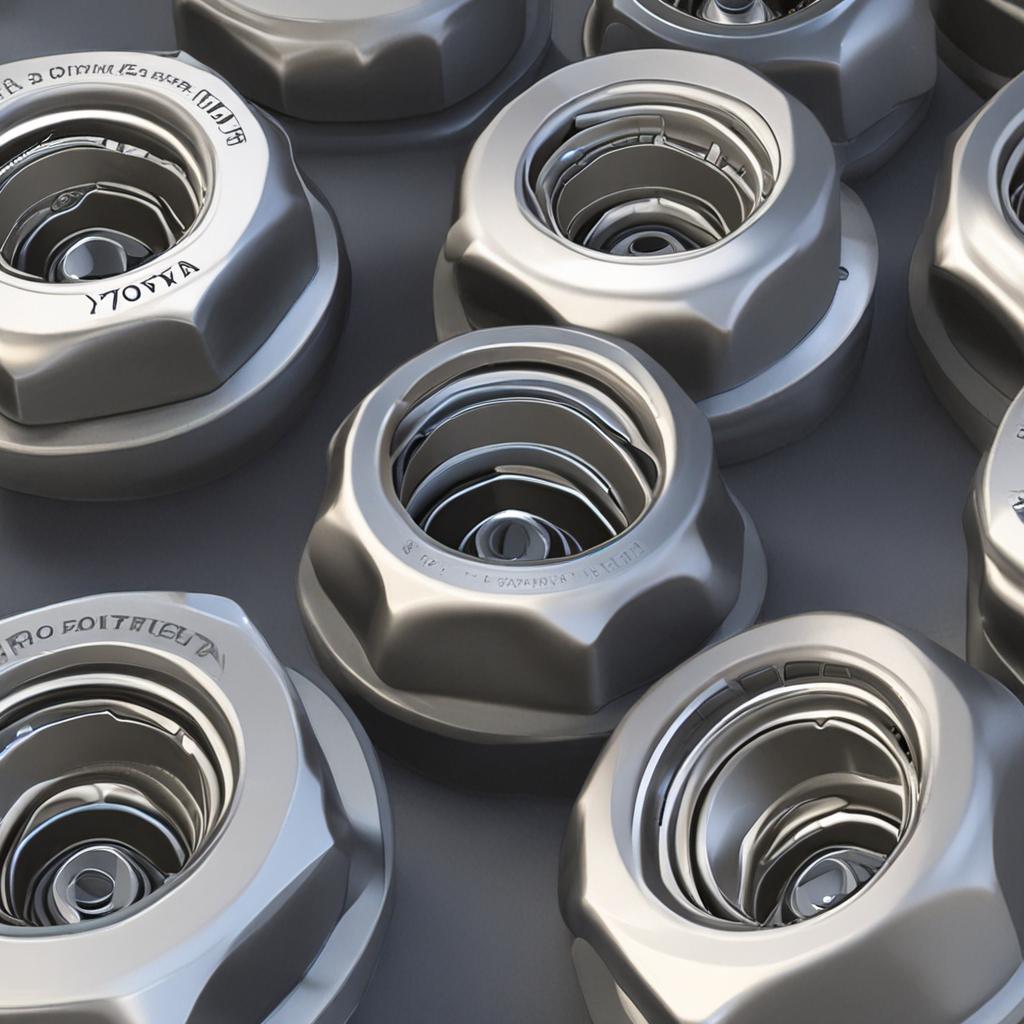
Measure the Lug Nut Yourself
If the manual isn’t available, measure the outer diameter of the lug nut’s hex head using a digital caliper or a ruler. For metric sizes, match the measurement to standard Toyota sizes (e.g., 17mm or 19mm). A conversion chart can help if you’re working with imperial tools: 17mm ≈ 0.67 inches, 19mm ≈ 0.75 inches.

Check for Markings on the Lug Nut
Some Toyota lug nuts have the size stamped on their heads, such as “17” for 17mm. However, avoid relying solely on old sockets for reference, as wear can distort their fit. Always cross-check measurements or consult the manual for accuracy.
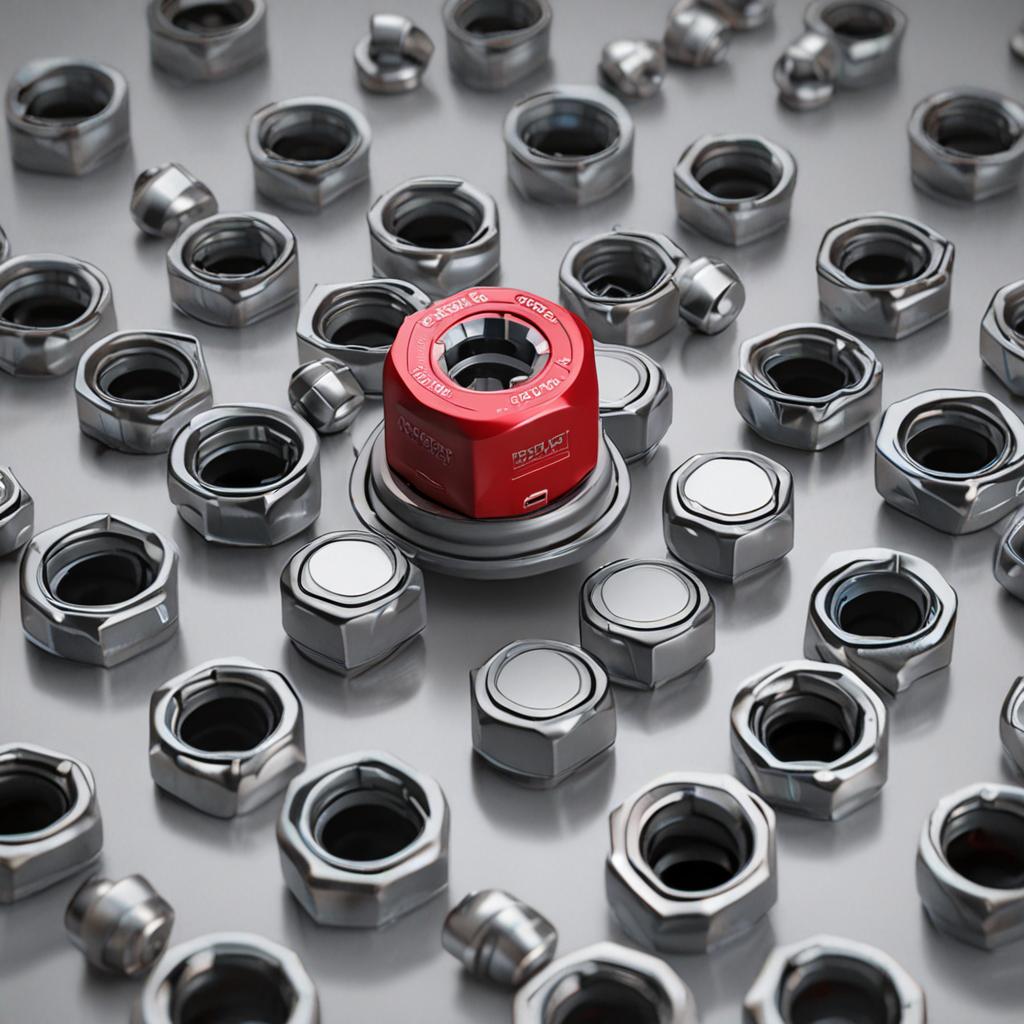
Challenges in Identifying Socket Sizes
Metric vs. Imperial Confusion
Toyota primarily uses metric socket sizes, but mixed tool kits can cause errors. For example, a 19mm socket is not interchangeable with a 3/4-inch (19.05mm) one due to slight differences. A worn or improperly sized socket may not seat correctly, leading to poor torque application.
Regional and Aftermarket Variations
Socket sizes can vary based on the region where the vehicle was sold. Additionally, aftermarket wheels or performance upgrades may use non-standard lug nuts. Always verify with the wheel manufacturer or a trusted mechanic if you’re unsure.
Common Mistakes to Avoid When Choosing a Socket
Using the Wrong Size
Using an incorrect socket size can round off the lug nut, making it impossible to remove. Worse, it can cause uneven tightening, leading to wheel wobble, vibration, or even detachment. For example, using a 19mm socket on a 17mm nut might seem harmless but can damage both the nut and your wheel studs.
Ignoring the Vehicle’s Specifications
Features table for Ignoring the Vehicle’s Specifications
Guessing based on similar models or online generalizations is risky. Luxury models like the Lexus-based Avalon or modified vehicles may have unique requirements. Always refer to your Toyota’s manual or contact a dealership for confirmation.
A Practical Guide to Using the Correct Socket Size
Tools You’ll Need
To work safely, gather a socket wrench with the correct metric socket, a torque wrench, and wheel lubricant if the nuts are corroded. A breaker bar can help loosen tightly fastened nuts without damaging the socket.
Step-by-Step Installation/Removal Tips
- Loosen the nuts slightly before lifting the vehicle to avoid over-torquing.
- Place the socket squarely on the nut to prevent slipping.
- Tighten in a star pattern to ensure even pressure and proper alignment.
- Recheck torque values after driving 50–100 miles to account for settling.
When to Replace Toyota Lug Nuts
Signs of Wear or Damage
Replace lug nuts if you notice stripped or rounded edges, visible cracks, or excessive corrosion. Deformed nuts from impacts or accidents should also be swapped out to maintain safety.
After Tire Repairs or Replacements
Whenever you replace tires or perform major wheel work, inspect the lug nuts for damage. Reusing compromised nuts after a flat tire repair or alignment adjustment can risk future wheel failure.
Conclusion: Prioritize Safety and Precision
Choosing the right socket size for your Toyota lug nuts isn’t just about convenience—it’s a critical step in ensuring your vehicle remains safe and reliable. By consulting your manual, measuring accurately, and avoiding common pitfalls, you can protect your wheels and drivetrain from unnecessary stress. Keep a torque wrench and the correct sockets in your toolkit, especially during road trips, to handle emergencies confidently. Remember, precision in maintenance prevents costly mistakes down the road.
FAQ: Socket Size for Toyota Lug Nut
What is the most common socket size for Toyota lug nuts?
Most Toyota models use 17mm or 19mm sockets, though this can vary by model and year. Always confirm with your owner’s manual.
How do I measure a Toyota lug nut socket size at home?
Measure the distance between two opposite flats on the nut’s hex head using a caliper or ruler. Match this to standard metric sizes like 17mm or 19mm.
Can I use a 19mm socket for all Toyota models?
No. Older models like the 1997 Corolla may use 14mm or 15mm, while sedans and hybrids often require 17mm or 19mm. SUVs and trucks may go up to 21mm.
Why is my lug nut socket not fitting?
Ensure the socket isn’t worn and the nut hasn’t been damaged. If the size still doesn’t align, your vehicle may use a specialized design or a different regional specification.
What happens if I use the wrong socket size on Toyota lug nuts?
Incorrect sockets can strip the nut’s head, damage wheel studs, or lead to improper torque levels. This increases the risk of wheel loosening, vibration, or even detachment—posing a serious safety hazard.


